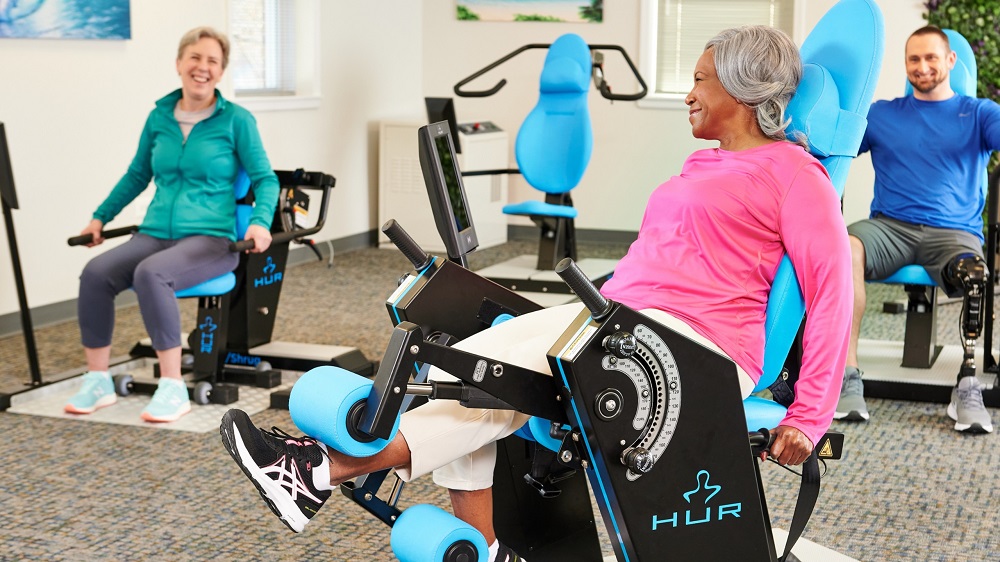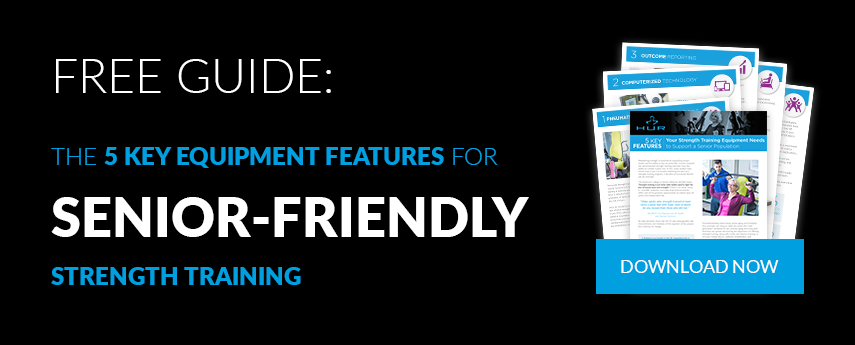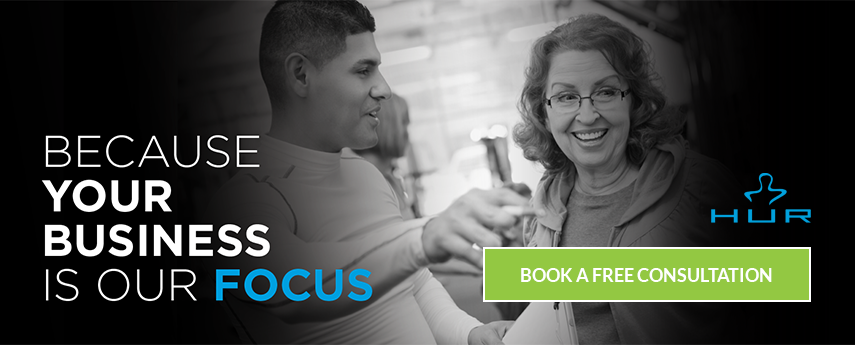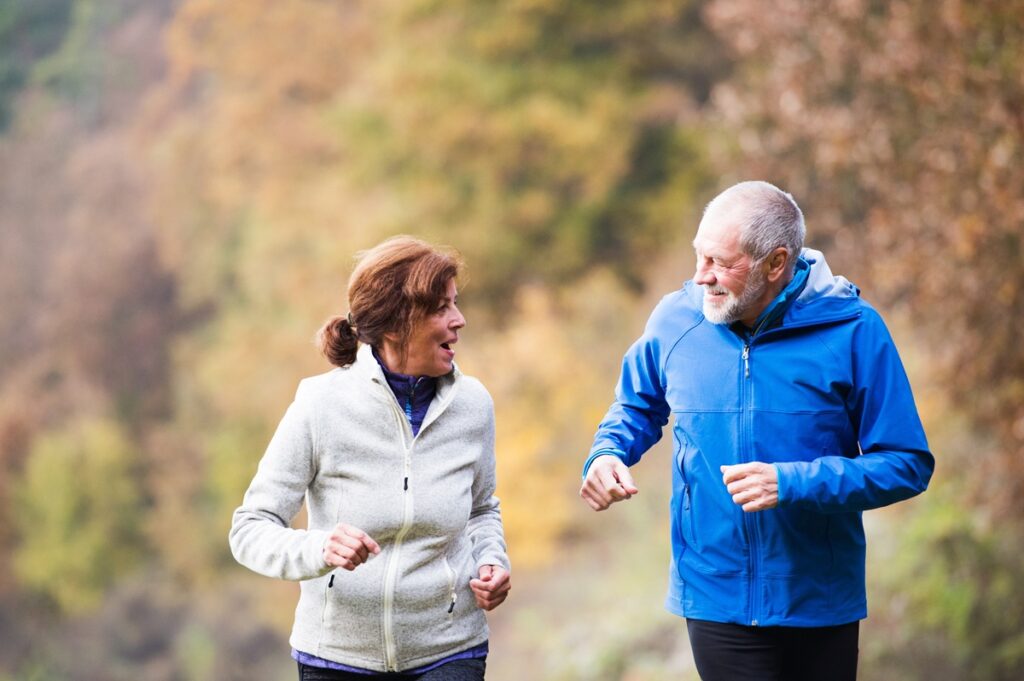For many older women, physical fitness was not encouraged or available early in life. The 1930’s and 1940’s in the United States offered limited sporting opportunities and little cultural encouragement to participate in sports. Eventually in the 1950’s, there was Jack LaLanne, American’s first fitness guru aimed at the American housewife; however, strength training among women was still rare. In the 1970’s Title IX passed and opportunities for women in sports exploded along with the popular exercise videos in the 80’s. That being said, exercise is now encouraged and recommended with the benefits being widely recognized. Still, many older women are reluctant to participate in fitness. Why?
Research suggests that adult participation in regular exercise is influenced by early life experiences and childhood encouragement. For example, older women who reported they had encouragement to try new physical activities at an early age recalled being able to climb trees as well as or better than other children. An early study by Espenschade (1969) on women 35 to 80 years old mentions that female physical education majors had a greater sense of self-efficacy (the belief that you can do something) than inactive controls.
We spoke with Michelle Larson, Fitness Lead at Lifespace’s Beacon Hill Community. She has two women who regularly participate in the strength circuit class. One is Miyoko, who shared that growing up in Japan, it was required that she exercise in the school courtyard before class from a very young age all the way through high school. As a result, she has been familiar with exercise and has continued to prioritize fitness throughout her life. The only other woman attending Michelle’s class was Wendy who played field hockey as a girl. It’s a small sample size, but it demonstrates what research has shown. Early engrained mindsets impact later in life exercise participation.
7 Ideas for Increasing Exercise Engagement
So how do we engage people with limited experience and motivation? We know that when we are initially beginning a complex task in an unfamiliar environment, such as joining a new exercise class, we rely heavily on our past performance to set goals and judge our ability. As a result, starting exercise late in life when we have little, or no, experience represents a big challenge.
Idea #1: Fitness Buddies
Create fitness buddies by introducing participants to one another in order to foster new friendships. Ask fitness center regulars to invite new residents to join them for a workout. Starting a new exercise class with a friend guarantees they will not be the only one that's new. It's also great for some good laughs as they struggle together. The Older Persons Commission (OPC), a tri-municipality recreational facility in Rochester, MI has had tremendous success in this area. According to Mandy Mullins, the Fitness & Aquatics Manager, "OPC isn't just a gym. It's a social hub." in
Idea #2: Make Your Fitness Center a “Third Space”
Sociologist Ray Oldenburg, designs one’s “first space” as the home. The “second space” is the workplace and the “third space” is where you hang out in public, encounter familiar faces and make new acquaintances. This could be a church, gym, or barber shop. Scholars have summarized a third space as a place to establish a sense of belonging. When strategizing on how to increase fitness center participation, consider the following excellent points when attempting to create a “third space”:
- Neutral Ground: Occupants are not tied to the area financially or politically and are free to come and go as they please, so keep your fitness center doors open and the news channels off.
- Leveler: One's socioeconomic status does not matter in a third space, allowing for a sense of commonality among its occupants.
- Playful Mood: Playful and happy conversation is the main tone. Reinforce the importance of positive conversations with your team.
- Accessibility & Accommodation: Third spaces must be open and readily accessible to all.
- The Regulars: Regulars help give the third space its tone, and set the mood. Regulars also attract newcomers and help someone new to the space feel welcome and accommodated.
- A Low Profile: Third spaces are characteristically wholesome. The inside of a third space is without extravagance or grandiosity and has a comfortable feel.
- Home Away From Home: Occupants of third spaces will often have the same feelings of warmth, possession, and belonging as they would in their own homes.
Idea #3: Create a Key Performance Indicator
It’s easy to get discouraged by the lack of participation and as a result focus time and energy on those who are showing up regularly at the fitness center. However, it’s often those who don’t show up who need it the most. By creating a key performance indicator, it gives the team a goal to work towards together in order to gauge progress. An example might be reaching out to X number of residents/month and personally invite them to an orientation, complimentary training session, or small group class. Make it personal, not just a newsletter blurb.
Idea #4: Equipment Accessible to All
Strength training can be extremely intimidating for those who don’t have a history of exercise. Adding insult to injury, traditional strength training equipment can be tough to use independently, especially if recovering from an illness or injury. Make sure the equipment your fitness center offers is appropriate for a wide range of abilities. All machines should be intuitive, safe, and easy to use.

Idea #5: Try New Things
The familiar saying, You don’t know until you try, '' is true even in the world of exercise! Encourage people to keep trying new things until they find what they like. Options are constantly expanding with new types of classes, equipment, and even sports such as pickleball.
Idea #6: Then isn’t Now
The differences between childhood athletic girls and non-sporty girls later in life isn't their actual ability, it's their perceived ability. Just because your neighbor swam every summer at her lake house six decades ago, and you didn't, doesn't mean you will be bested in Aqua-aerobics now!
Idea #7: We All Learn Differently
Understand how each person best learns. The NIA-HIH has a Get Fit for Life program with many free resources such as videos and printed materials. Some people learn better talking with someone, so encourage them to speak to a personal trainer or physical therapist.
And when all other options fail, I was given this wise advise by a Senior Living Fitness Director: “What always works here is we offer ice cream.”
